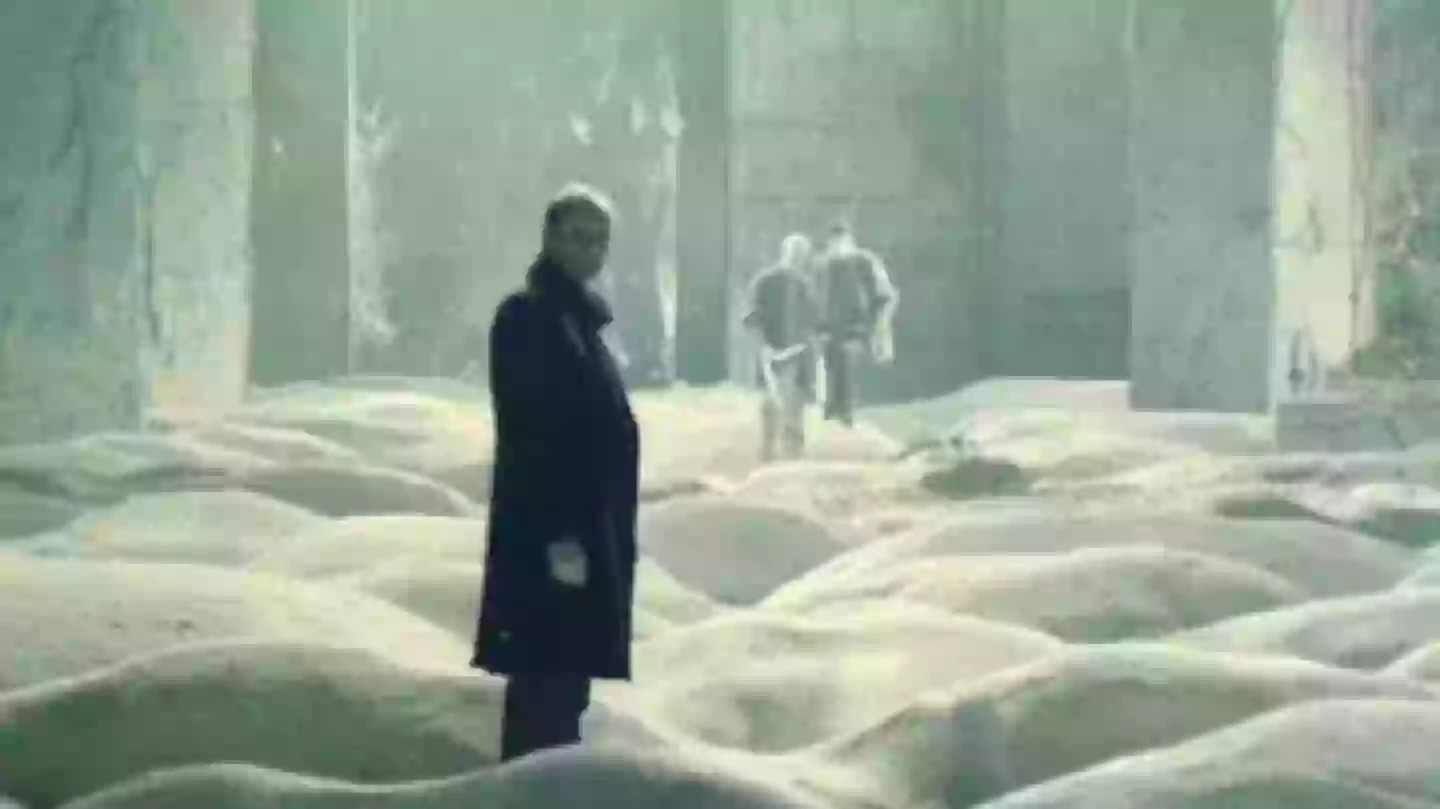The film Stalker, described by many as having one of the most “gripping and visionary moments” in cinema, has achieved a rare 100 percent rating on Rotten Tomatoes. However, it is also tied to a dark and tragic legacy, with rumors suggesting that it may have contributed to the untimely deaths of three people involved in its production.
Andrei Tarkovsky, a revered Soviet director and screenwriter, is widely considered one of the greatest filmmakers of all time. His work, including films like Andrei Rublev (1966) and Solaris (based on Stanislaw Lem’s novel), has left a lasting impact on the world of cinema. However, it is Stalker (1979), his penultimate film, that has become infamous not only for its artistic achievements but also for the death of its director and two key members of the crew.

Set in a post-apocalyptic wasteland, Stalker follows the journey of the titular character (played by the late Alexander Kaidanovsky), who guides people through a dangerous ‘Zone’, a desolate area that is supposedly home to a room capable of granting a person’s deepest desires. The film’s haunting and visionary opening has been described as one of the most striking in cinema, with viewers praising Tarkovsky’s ability to immerse audiences in the metaphysical enigma of the story.
One Rotten Tomatoes reviewer described the opening scene as “one of the most gripping and visionary moments” they had ever witnessed, while another noted the film’s ability to create an “uncanny cinematic landscape” that invites deep exploration.
While Stalker remains a seminal work in Soviet cinema, it is also surrounded by a cloud of mystery and tragedy. Seven years after the film’s release, Tarkovsky died of lung cancer, a fate that many believe was linked to the toxic conditions on set.
Sound recordist Vladimir Sharun has spoken out about the harsh environment in which the film was shot, revealing that it was filmed near Tallinn in an industrial area contaminated by a chemical plant. Sharun believes that the poisonous environment could have contributed to the deaths of Tarkovsky, his wife Larissa, and actor Anatoly Solonitsyn, who played ‘the Writer’ in the film.
Sharun described the location as a “toxic environment,” pointing to scenes in the film that featured “snow falling in the summer” and “white foam floating down the river” – the foam, he claimed, was actually toxic waste. He also noted that many women in the crew suffered allergic reactions, and the director’s lung cancer, as well as the similar illness that claimed Solonitsyn’s life, seemed to confirm a link between the location and their deaths.
While Sharun’s theory remains unconfirmed, it adds a haunting dimension to the film’s legacy. It is uncertain whether the deaths were truly a result of the poisonous surroundings, but Stalker remains a monumental piece of Soviet cinema and is often included in lists of the greatest films ever made.
Stalker holds a 100 percent rating on Rotten Tomatoes and an average rating of 4.4 stars on Letterboxd. Despite its tragic backstory, it remains available for viewing on platforms like Apple TV+ and Amazon Prime Video, continuing to captivate audiences with its thought-provoking narrative and striking visuals.
